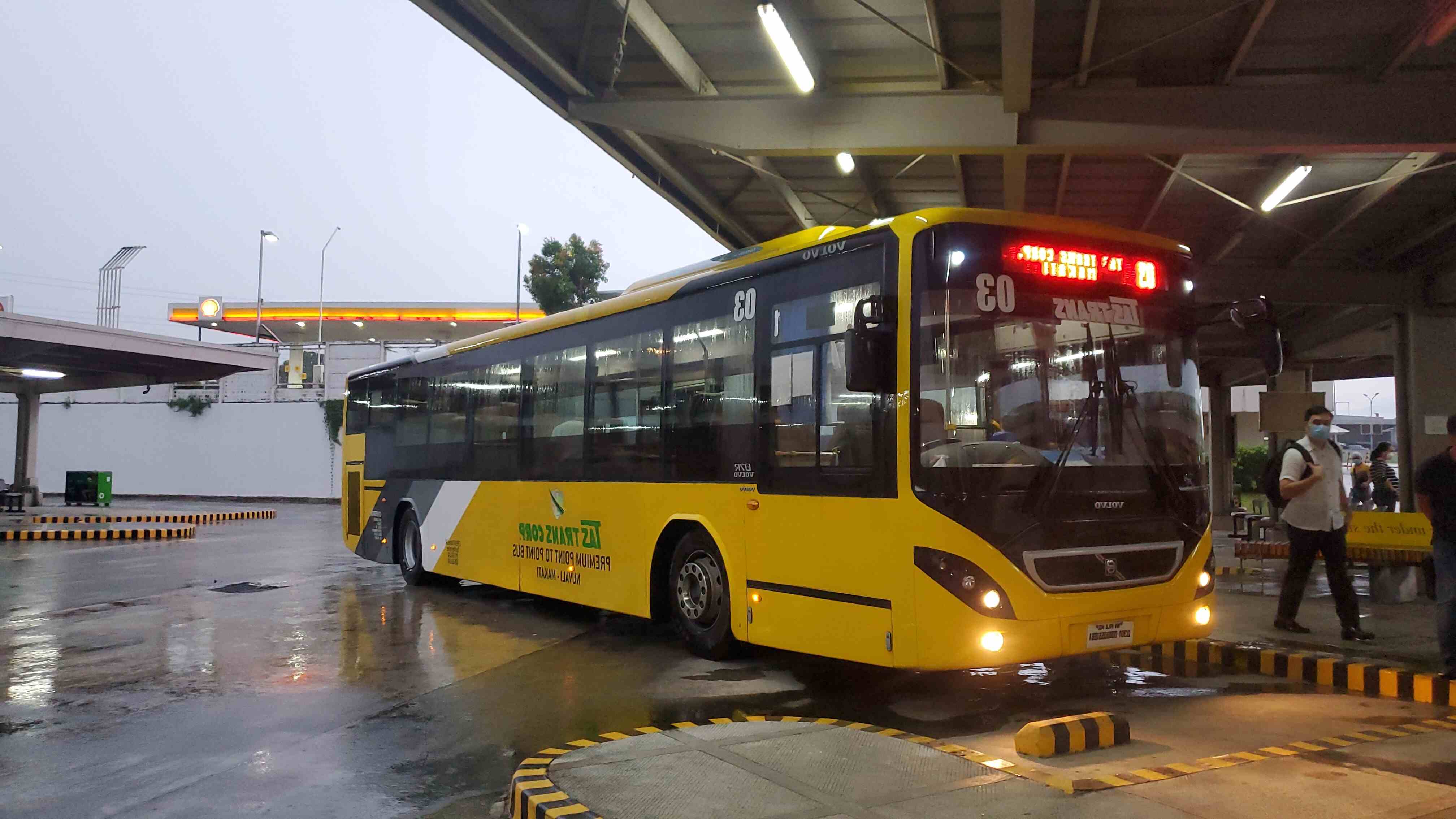
What exactly are point-to-point routes? Imagine a straight line connecting two places without any detours. That's the essence of point-to-point routes. These routes are direct paths between two locations, often used in transportation and logistics to save time and resources. Airlines, for instance, use them to fly directly between cities without layovers. This approach contrasts with hub-and-spoke systems, where travelers must pass through a central hub. Point-to-point routes offer efficiency and simplicity, reducing travel time and often costs. They are popular in various industries, including aviation, shipping, and even telecommunications. Understanding these routes can help in planning travel or managing logistics more effectively. Whether you're booking a flight or shipping goods, knowing about point-to-point routes can make a big difference in your journey or operations.
What Are Point-To-Point Routes?
Point-to-point routes are a type of travel path where a vehicle, like a plane or bus, travels directly from one location to another without stopping at a hub or central point. This method is different from hub-and-spoke systems, where travelers often have to change vehicles at a central hub. Let's explore some interesting facts about these routes.
-
Direct Travel: Point-to-point routes offer direct travel between two locations, reducing travel time and eliminating the need for layovers or transfers.
-
Popular with Low-Cost Airlines: Many low-cost airlines prefer point-to-point routes because they are more efficient and cost-effective, allowing them to offer cheaper tickets.
-
Less Congestion: These routes help reduce congestion at major hubs, as travelers bypass these busy centers, leading to a smoother travel experience.
-
Flexibility for Travelers: Travelers have more flexibility with point-to-point routes, as they can choose from a wider range of departure and arrival times.
-
Increased Frequency: Airlines and bus companies can offer more frequent services on point-to-point routes, providing travelers with more options.
Advantages of Point-To-Point Routes
Point-to-point routes come with several benefits that make them appealing to both travelers and transport companies. Here are some of the advantages:
-
Cost Savings: Operating direct routes can save airlines and bus companies money on fuel and operational costs, which can be passed on to customers as lower fares.
-
Reduced Travel Time: By eliminating layovers and transfers, point-to-point routes significantly reduce overall travel time, making trips quicker and more convenient.
-
Environmental Benefits: Fewer stops mean less fuel consumption and lower carbon emissions, making point-to-point routes a more environmentally friendly option.
-
Simplified Logistics: Transport companies can simplify their logistics and scheduling, as they don't need to coordinate complex hub operations.
-
Improved Customer Satisfaction: Travelers appreciate the convenience and efficiency of direct routes, leading to higher customer satisfaction and loyalty.
Challenges of Point-To-Point Routes
Despite their benefits, point-to-point routes also face some challenges. Let's take a look at what these are:
-
Limited Destinations: Not all destinations are served by point-to-point routes, which can limit travel options for some passengers.
-
Capacity Constraints: Smaller airports or bus terminals may have limited capacity, making it difficult to accommodate a high volume of point-to-point traffic.
-
Operational Complexity: Managing a large number of direct routes can be operationally complex for transport companies, requiring careful planning and coordination.
-
Weather Disruptions: Direct routes can be more susceptible to weather disruptions, as there are no alternative hubs to reroute passengers.
-
Market Competition: Point-to-point routes often face stiff competition from other transport modes, such as trains or cars, which can impact profitability.
Examples of Point-To-Point Routes
Point-to-point routes are used in various transport sectors around the world. Here are some examples:
-
Ryanair and EasyJet: These European low-cost airlines primarily operate point-to-point routes, connecting smaller airports directly to popular destinations.
-
Southwest Airlines: Known for its point-to-point network, Southwest Airlines offers direct flights across the United States without relying on a central hub.
-
Intercity Bus Services: Many intercity bus companies, like Greyhound, use point-to-point routes to connect cities directly without stopping at a central terminal.
-
Ferry Services: Ferries often operate on point-to-point routes, providing direct connections between islands or across bodies of water.
-
High-Speed Rail: Some high-speed rail networks, like Japan's Shinkansen, offer point-to-point services between major cities, reducing travel time and increasing convenience.
Future of Point-To-Point Routes
As travel demand continues to evolve, point-to-point routes are likely to play an increasingly important role. Here's what the future might hold:
-
Technological Advancements: Innovations in transportation technology, such as electric and autonomous vehicles, could make point-to-point routes even more efficient and sustainable.
-
Expanding Networks: As infrastructure improves, more destinations may become accessible via point-to-point routes, offering travelers even greater flexibility and choice.
Final Thoughts on Point-To-Point Routes
Point-to-point routes offer a straightforward way to travel from one location to another without unnecessary stops. They’re efficient, saving both time and fuel, which is a big win for travelers and the environment. Airlines often use these routes to connect smaller cities directly, avoiding the hassle of layovers. This setup can lead to cheaper tickets and less crowded flights.
For freight and logistics, point-to-point routes mean quicker deliveries and fewer chances for packages to get lost or delayed. Businesses benefit from this efficiency, keeping customers happy and operations smooth.
In the digital world, point-to-point communication ensures data travels directly between two points, reducing latency and improving speed. This is crucial for real-time applications like video calls and online gaming.
In short, point-to-point routes simplify travel and communication, making life a bit easier for everyone involved.
Was this page helpful?
Our commitment to delivering trustworthy and engaging content is at the heart of what we do. Each fact on our site is contributed by real users like you, bringing a wealth of diverse insights and information. To ensure the highest standards of accuracy and reliability, our dedicated editors meticulously review each submission. This process guarantees that the facts we share are not only fascinating but also credible. Trust in our commitment to quality and authenticity as you explore and learn with us.


